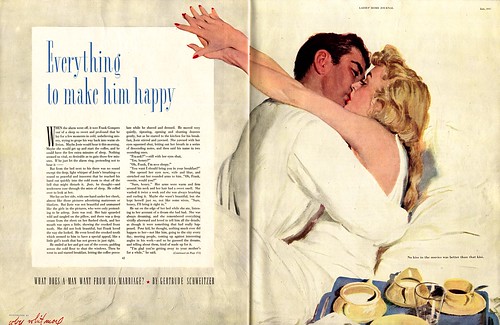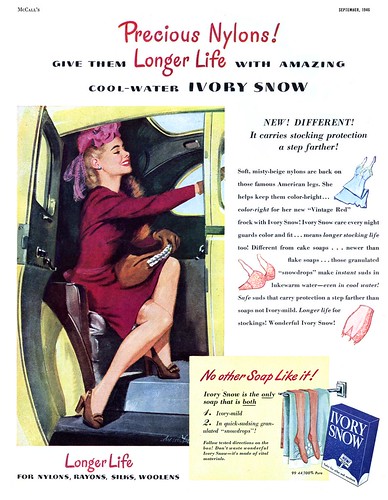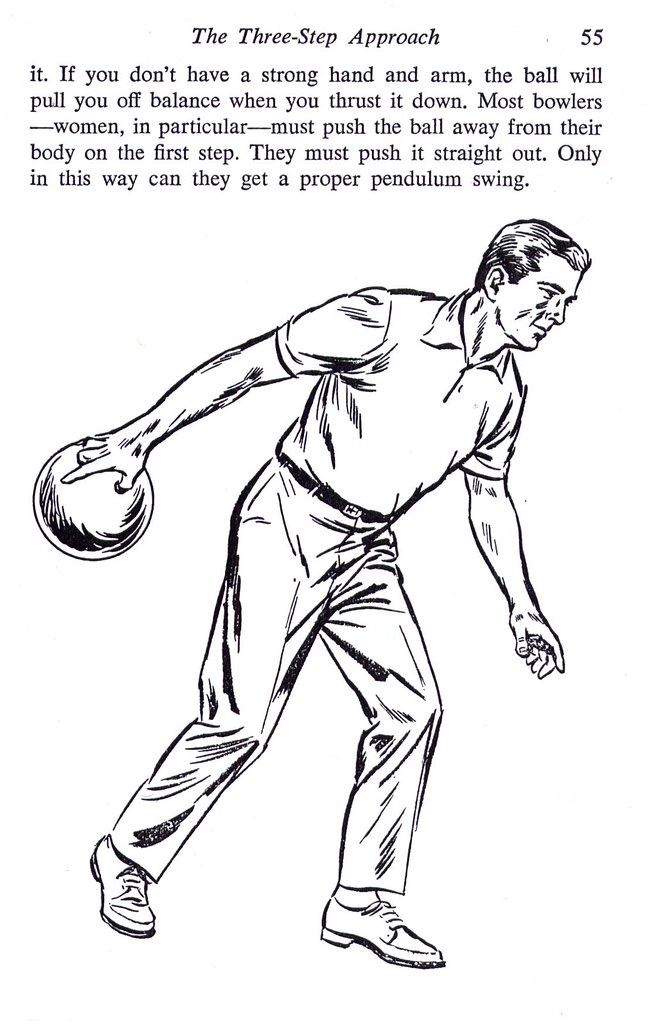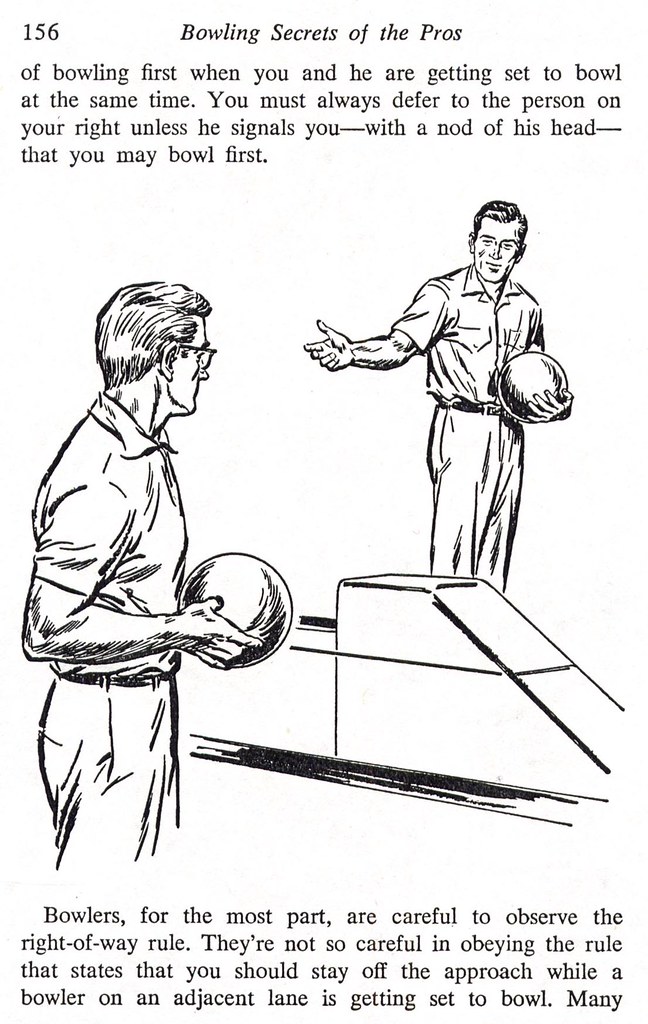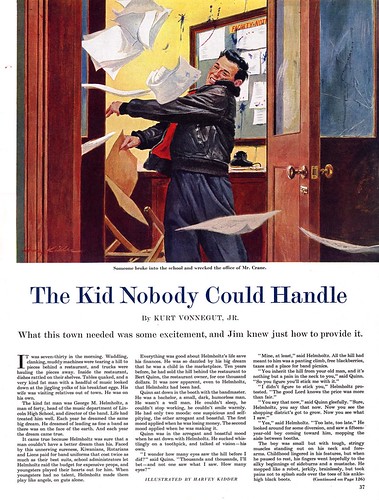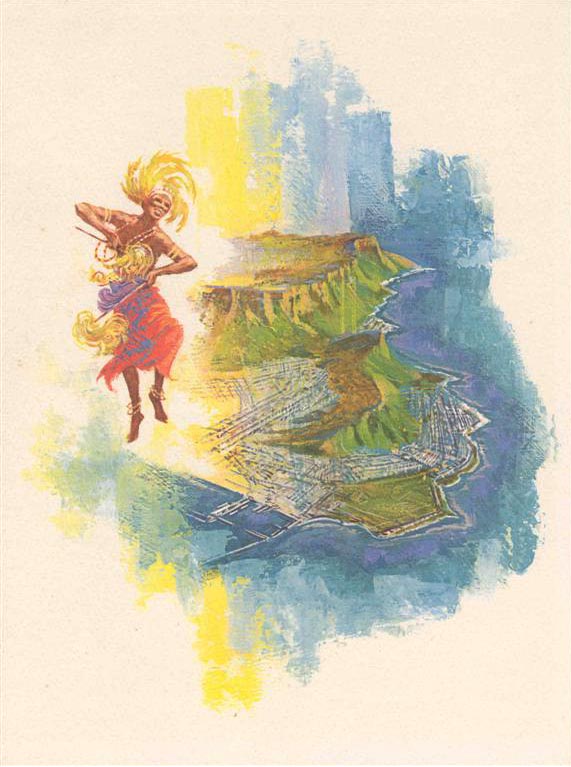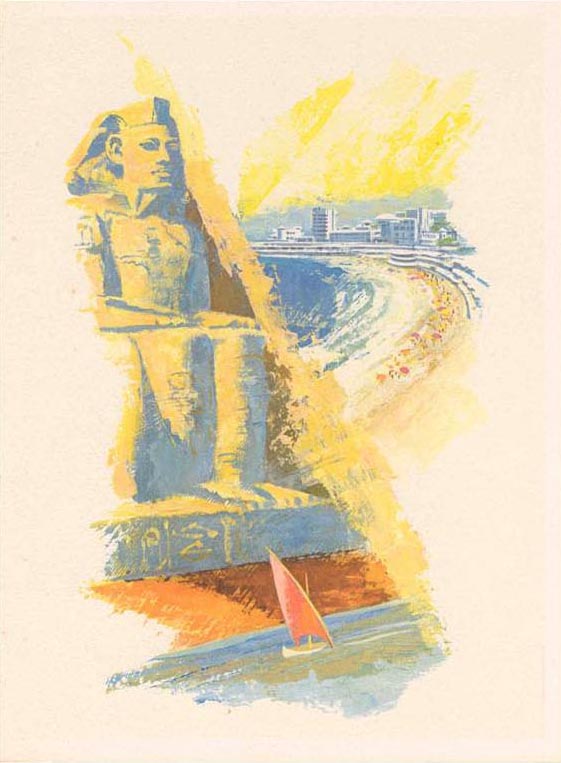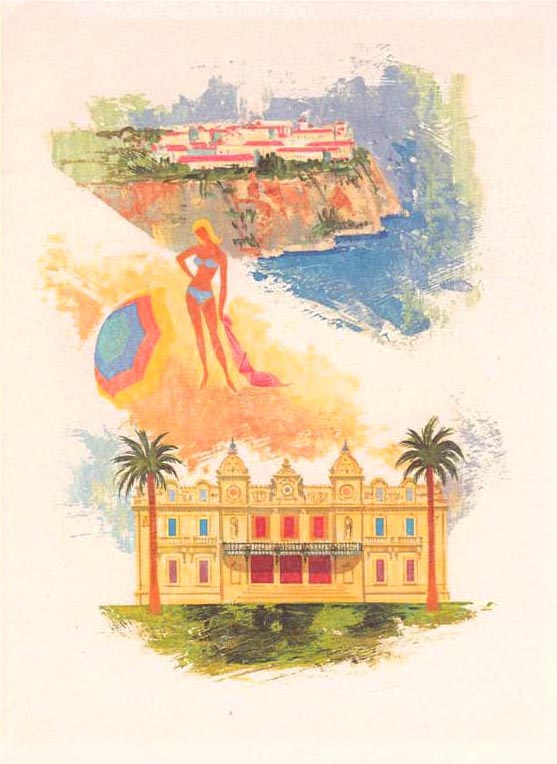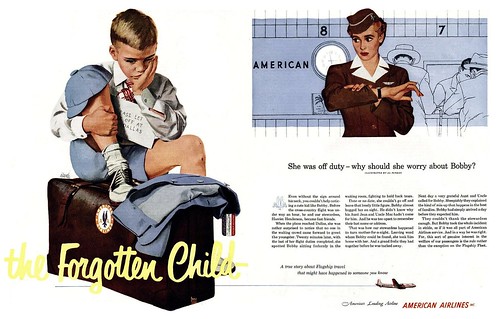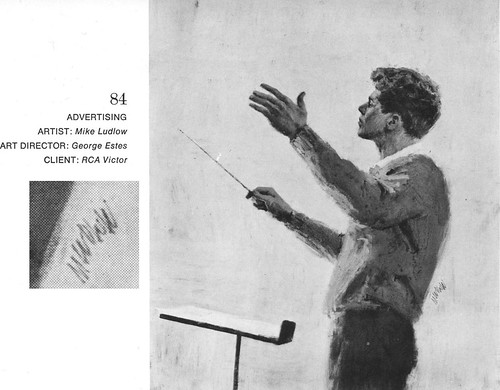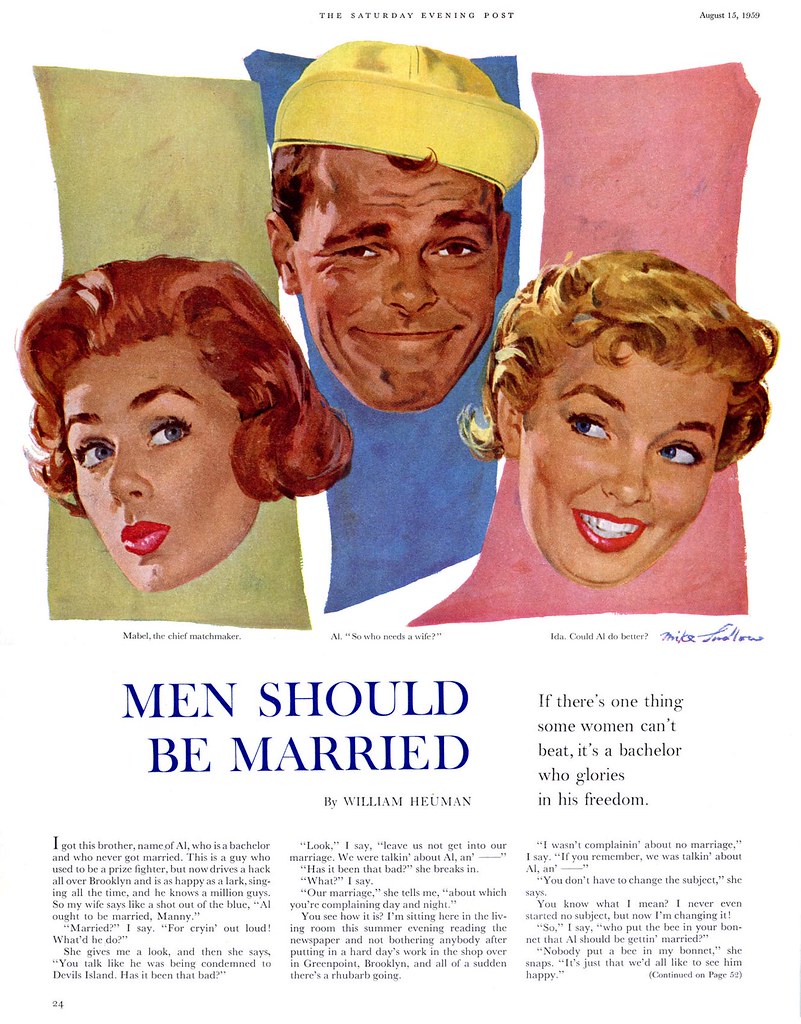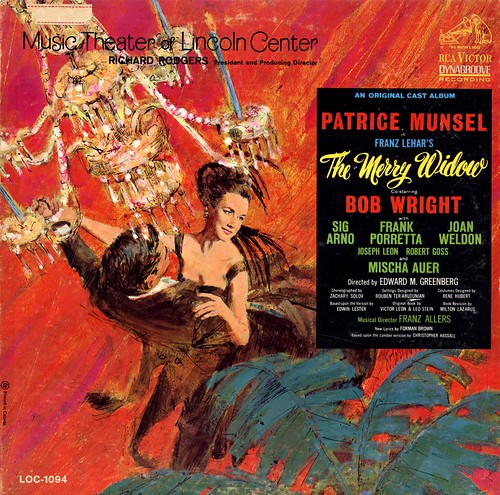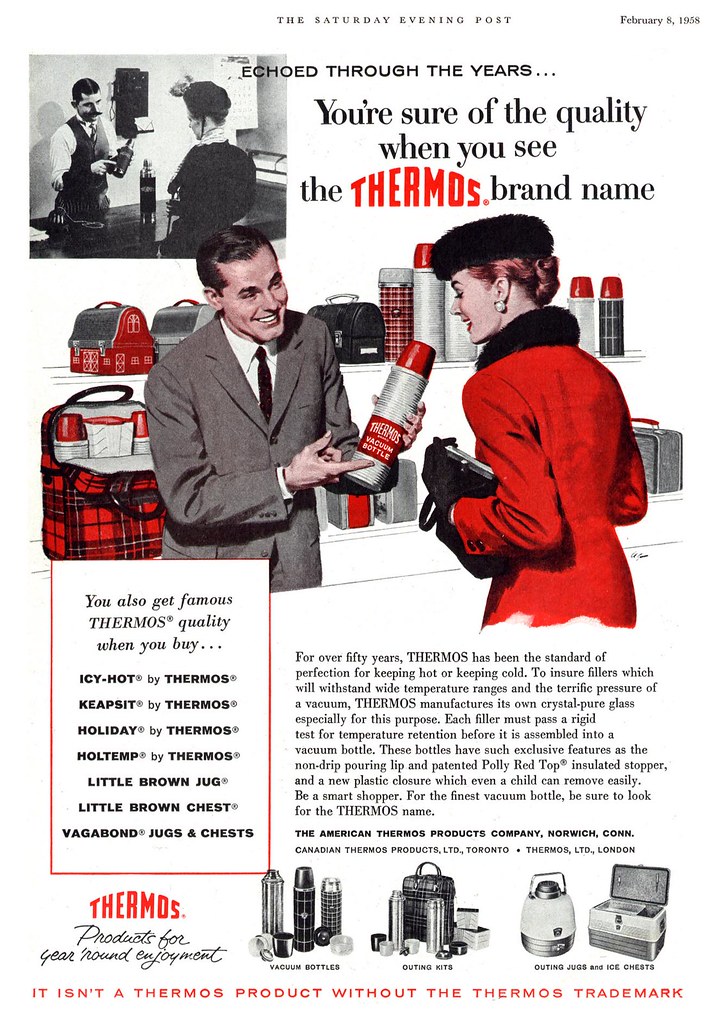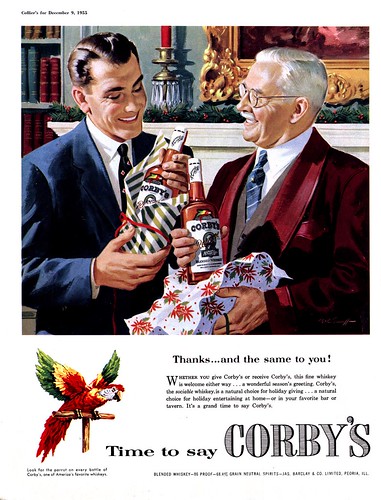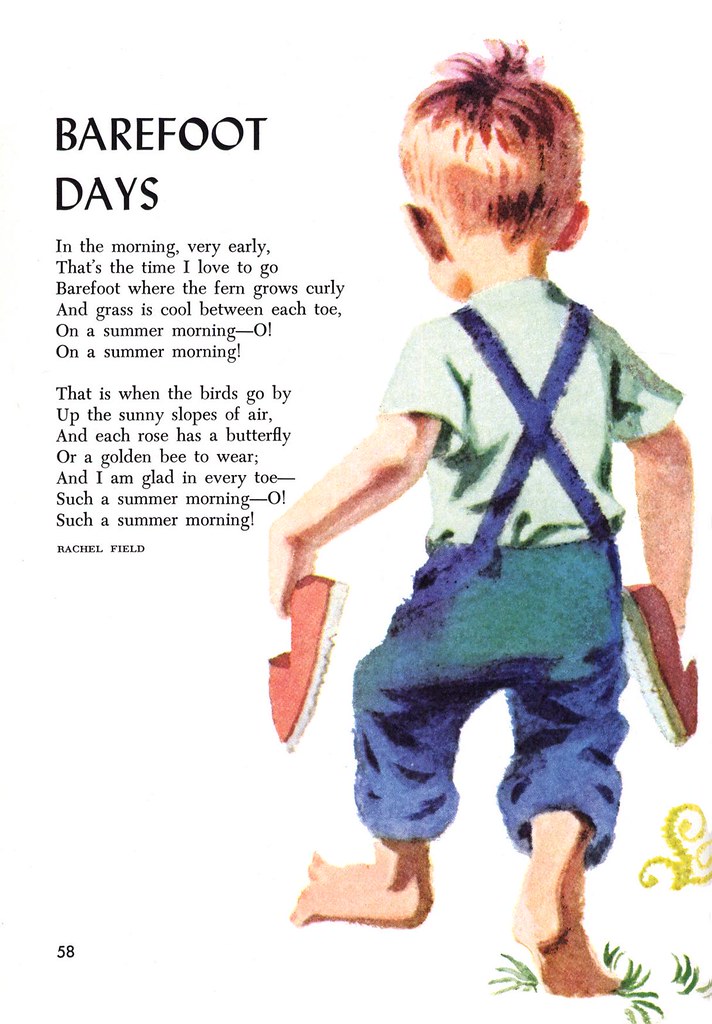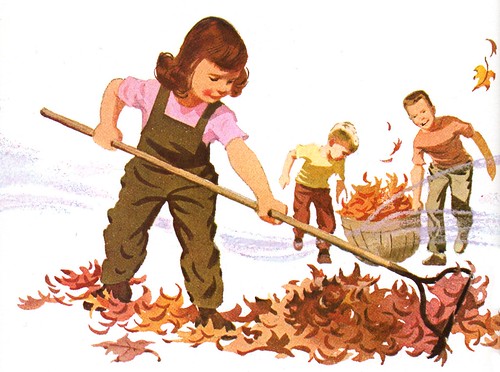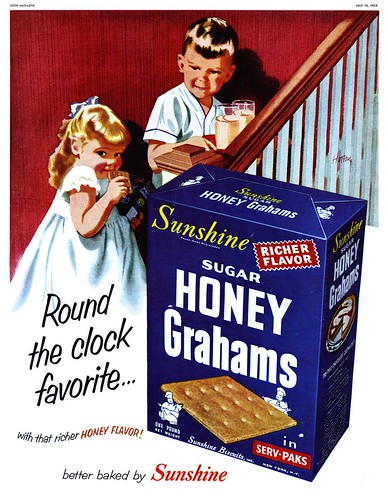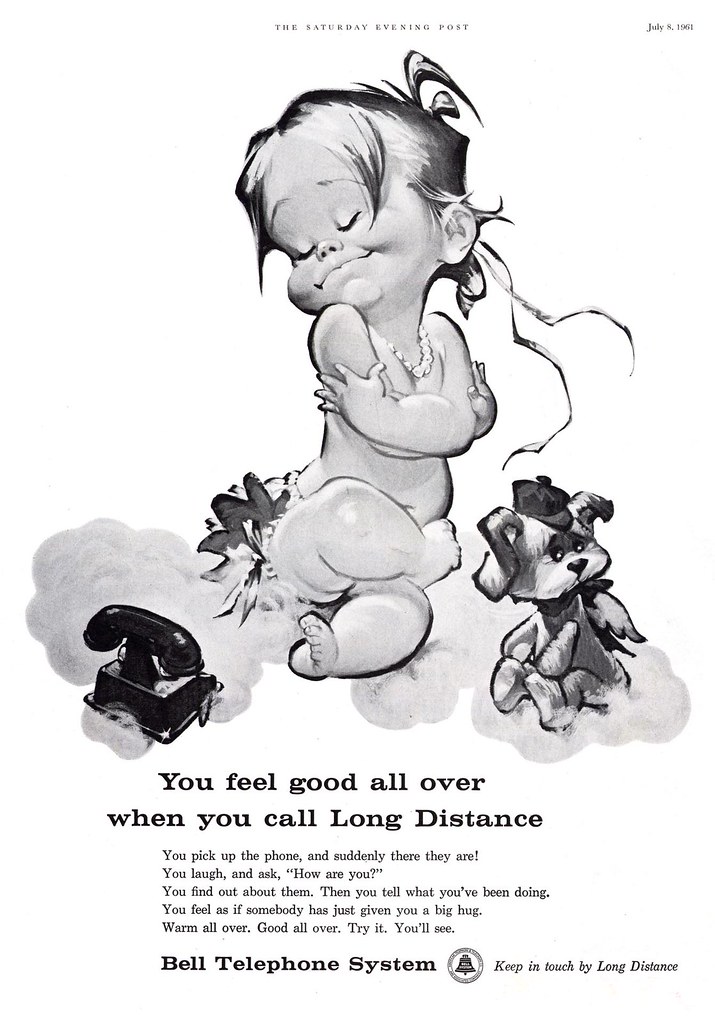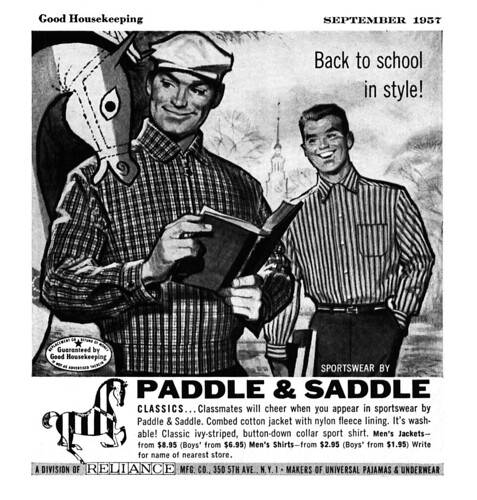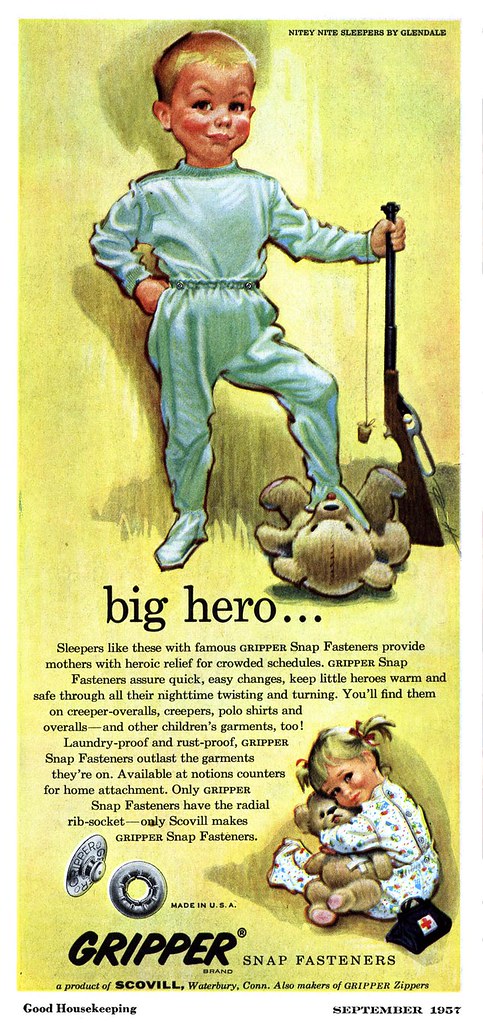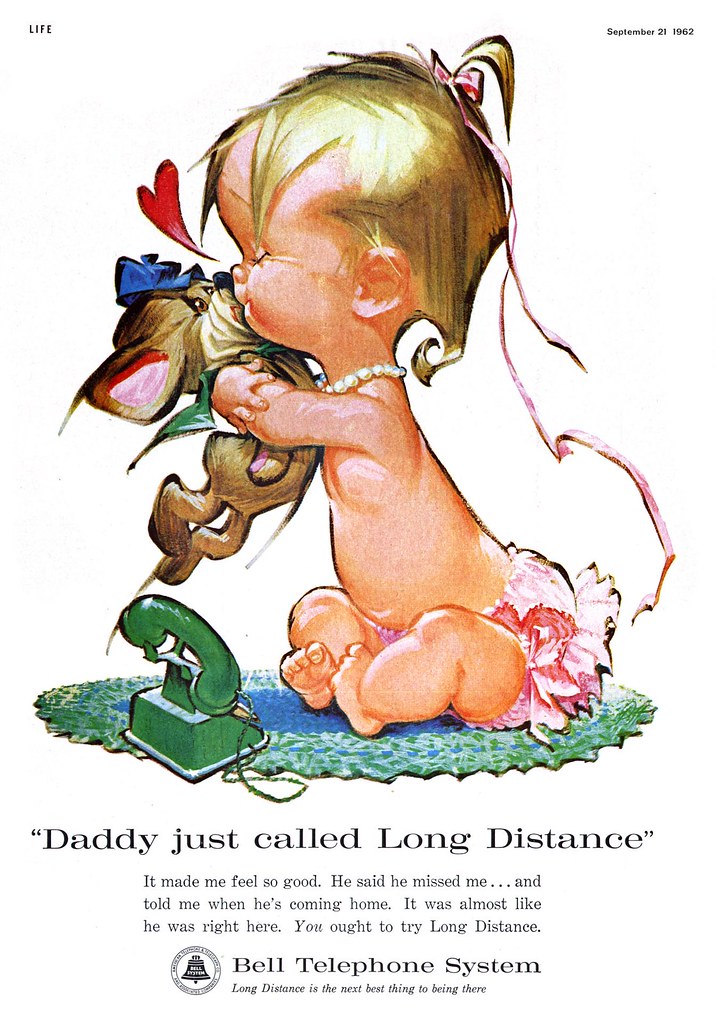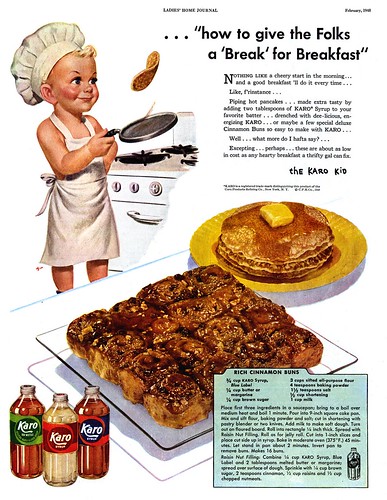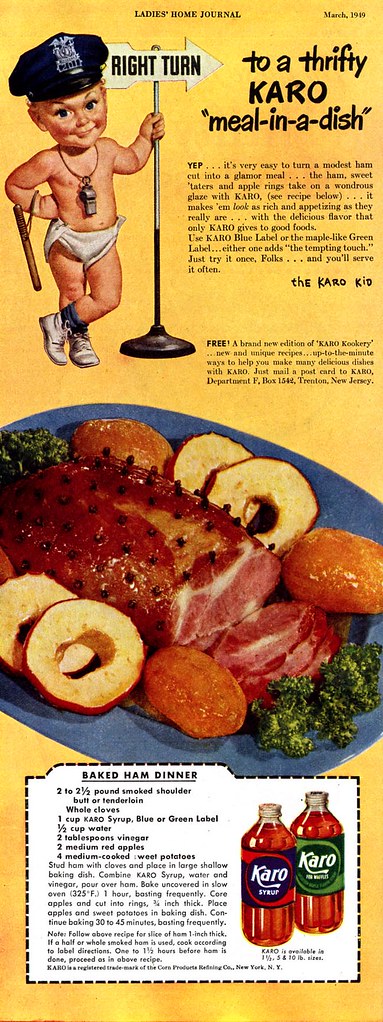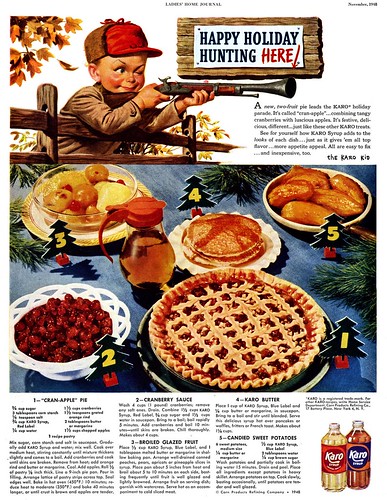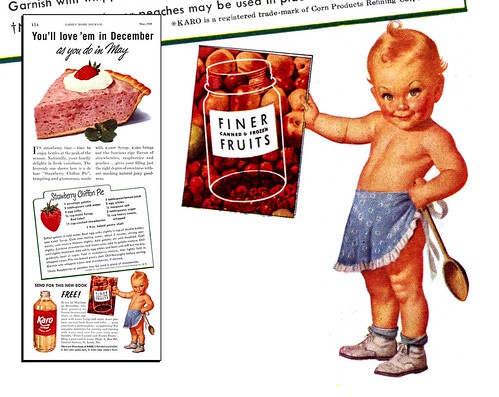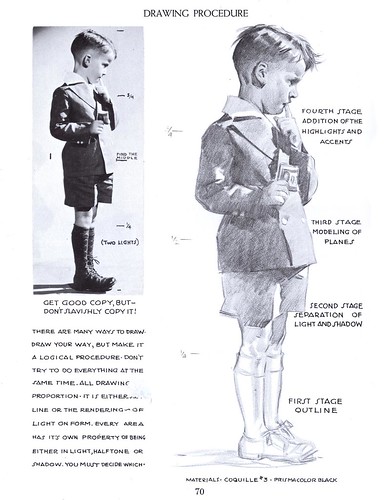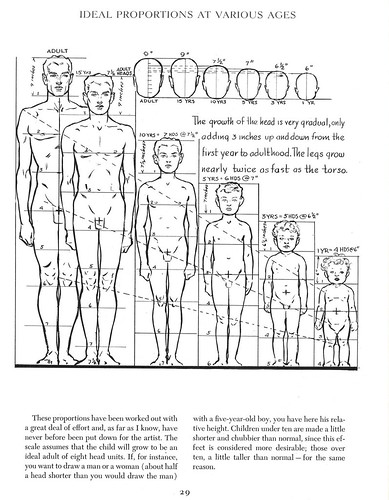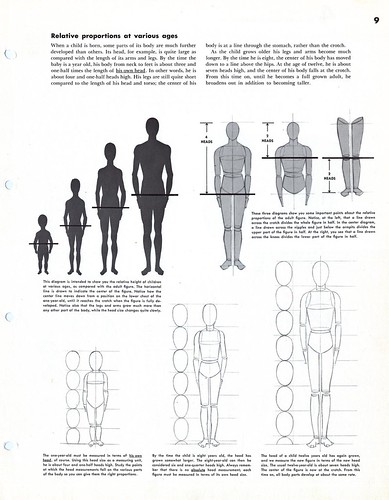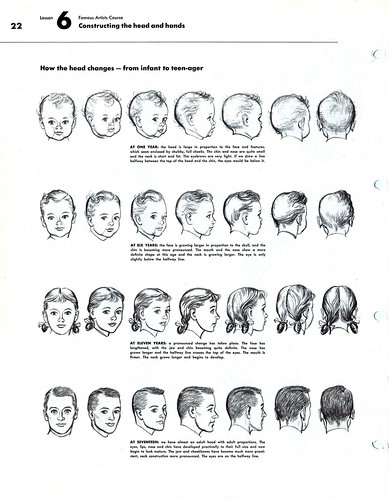Received in Friday's email:Thank you very much for maintaining your website of illustrators! Thanks to you, I was able to identify an illustration I found.
My name is Ken Lay and I'm an art director in Cincinnati. I worked for a design firm called Hulefeld Associates that started in 1939. They had been in the same building for about 50 years. The company was bought out in 2002 and the new company promptly moved us out of the old building. During the move, I found this illustration under a bunch of old "office art" that had found it's way to the basement over the years.
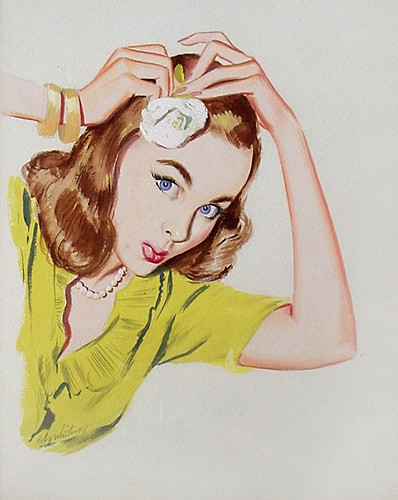
It was all being pitched in the dumpster, but "Betty" was obviously a fine piece of art and very charming to boot, so I saved her. The back of the frame also had a wonderful inscription:
"Merry Christmas, Frank (Hulefeld) and may this encourage lots of good work in 1947. Coz"

There was a signature, but it looked to me like "Cody Whitney." The name "Coz" on the back was also confusing. A couple of weeks ago, my wife and I were staring at her, and she said "I think it's Whitmore." so, I started googling "Whitmore" and variations of "Cody" (Cosby, Coby, Corey, etc.). Finally, up comes your site with "M. Coburn Whitmore" and Betty's creator was found! We collect antiques and paintings and were thrilled to see Betty came from such a respected figure in illustration.
We call her "Betty" after the framers label on the back-- "Betty Brown Framing"
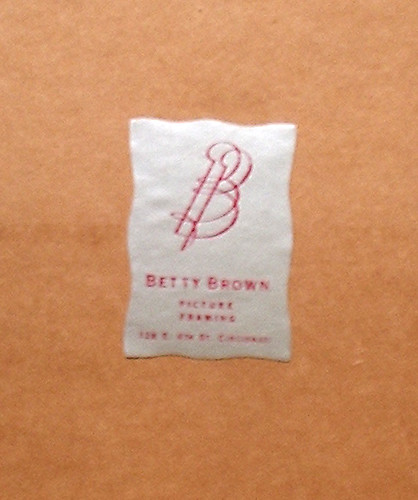
We have tickets to the Antique Roadshow which is filming tomorrow in Louisville, KY. We're taking Betty to see what they say about her.
We'd love to have the ad or short story she originally appeared in. Hulefeld Assoc. did a lot of work for P&G, so I imagine it was for a cosmetic product or toiletry of theirs.
I know it's asking a lot, but if you could post Betty's story to see if your readers have ever come across her, I would appreciate it and would be happy to pay for the sheet.
Update! Ken emailed me this morning with the following:Thought I'd give you an update on Betty's adventures. We enjoyed the Antique Roadshow, and despite waiting in a very long line, got Betty in front of a Roadshow appraiser. The appraised value was $800-1200!
Based on the estimates we'd seen for his larger illustrations, we figured $300-500. It was a nice surprise, though she'll remain where she's been--watching over our kitchen.
Well readers? Any thoughts...?
